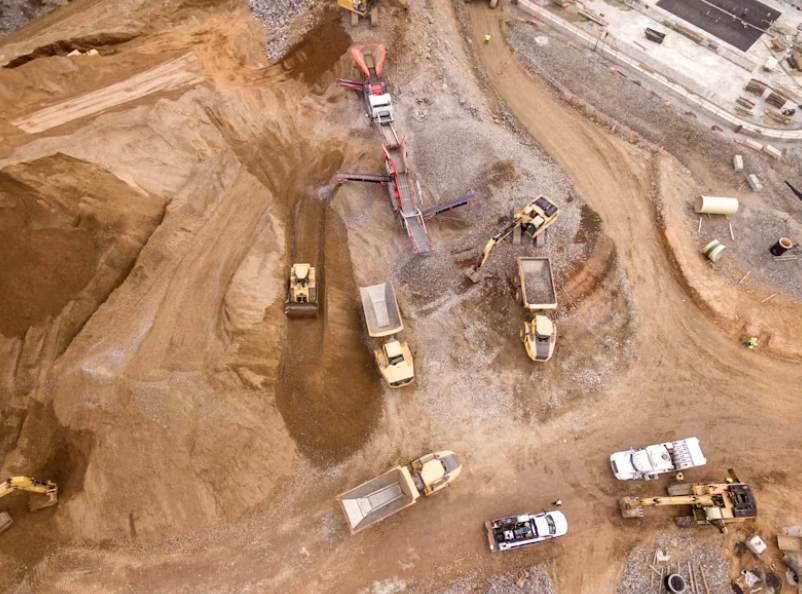Australia: A Leader in Responsible Mining
Roy Hill Iron Ore Project, Western Australia
Operated by Roy Hill Holdings, the Roy Hill Iron Ore Project exemplifies how thorough consultation with local communities and indigenous groups, such as the Yindjibarndi Aboriginal Corporation, can lead to prosperous agreements on land use, employment, and benefits sharing. This engagement has been pivotal in the development of one of Australia’s major iron ore mines.
Boddington Gold Mine, Western Australia
Newmont Corporation’s Boddington Gold Mine is another beacon of successful stakeholder engagement. By establishing partnerships and agreements with local governments and indigenous organisations, the mine ensures responsible mining practices, environmental stewardship, and community development, maintaining a positive rapport with stakeholders.
Argyle Diamond Mine, Western Australia
The engagement with indigenous communities by the Argyle Diamond Mine, particularly the Miriuwung Gajerrong people, showcases the significance of cultural heritage protection alongside mining operations. This collaboration, operated by Rio Tinto, has set a precedent for recognising and preserving cultural heritage.
International Examples of Effective Engagement
Porgera Gold Mine, Papua New Guinea
In Papua New Guinea, the Porgera Gold Mine’s engagement with local communities and indigenous landowners through benefit-sharing agreements has led to significant community development projects and economic opportunities for the local populace.
Kaltim Prima Coal Mine, Indonesia
The Kaltim Prima Coal Mine’s efforts in East Kalimantan to engage with local communities and government authorities underscore the importance of responsible mining practices. Their initiatives in reforestation, education, and infrastructure development have garnered benefits for both the company and local stakeholders.
Palabora Copper Mine, South Africa
The Palabora Mining Company’s collaboration with the Ba-Phalaborwa tribe in South Africa emphasises the mine’s focus on social investment programs, job creation, and infrastructure development, leading to mutual benefits and sustainable mining operations.
Oyu Tolgoi Copper-Gold Mine, Mongolia
The Oyu Tolgoi mine in Mongolia represents a landmark in stakeholder engagement, with its Investment Agreement with the Mongolian government and local communities showcasing how collaboration can drive major mining projects forward.
The Key to Sustainable Mining: Collaboration and Engagement
These examples from around the globe illustrate the varied approaches to stakeholder engagement in the mining sector. Whether it’s through agreements that ensure the protection of cultural heritage, initiatives that focus on environmental stewardship, or programs that contribute to community development, the key to success lies in meaningful collaboration between mining companies, local communities, indigenous groups, and government entities.
By adopting responsible mining practices and prioritising stakeholder engagement, the mining industry can navigate its challenges more effectively, ensuring that its operations contribute positively to the communities and environments in which they operate. These examples not only highlight the potential for mining projects to achieve sustainability and profitability but also serve as benchmarks for future endeavors in the industry.









